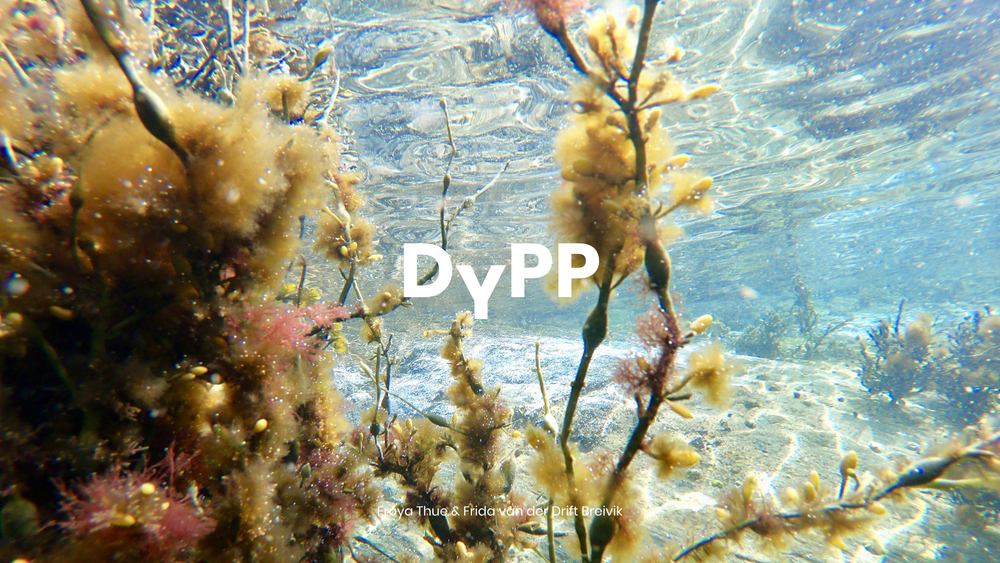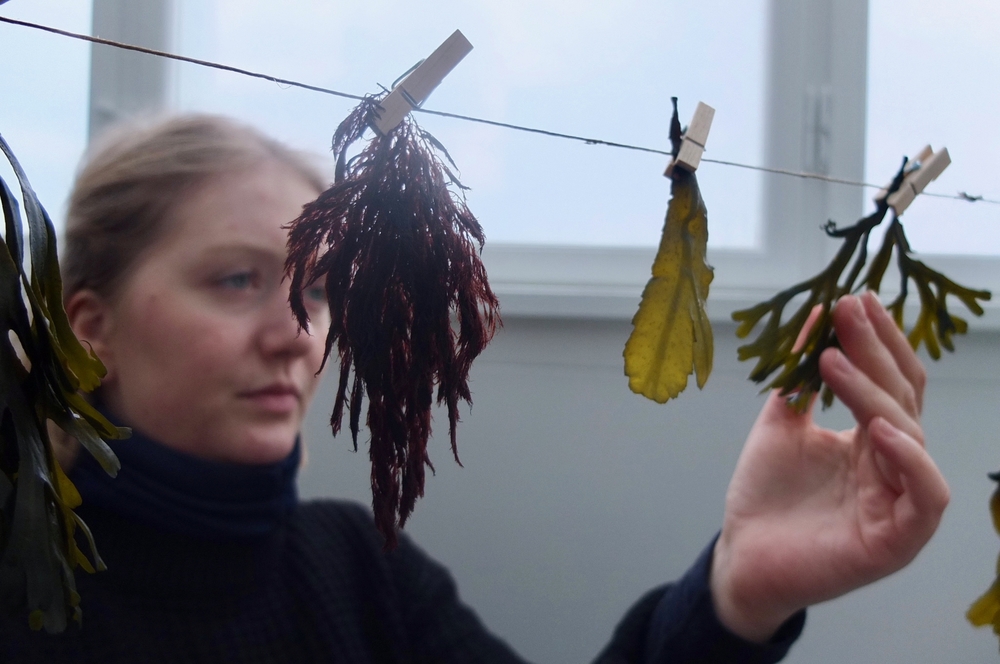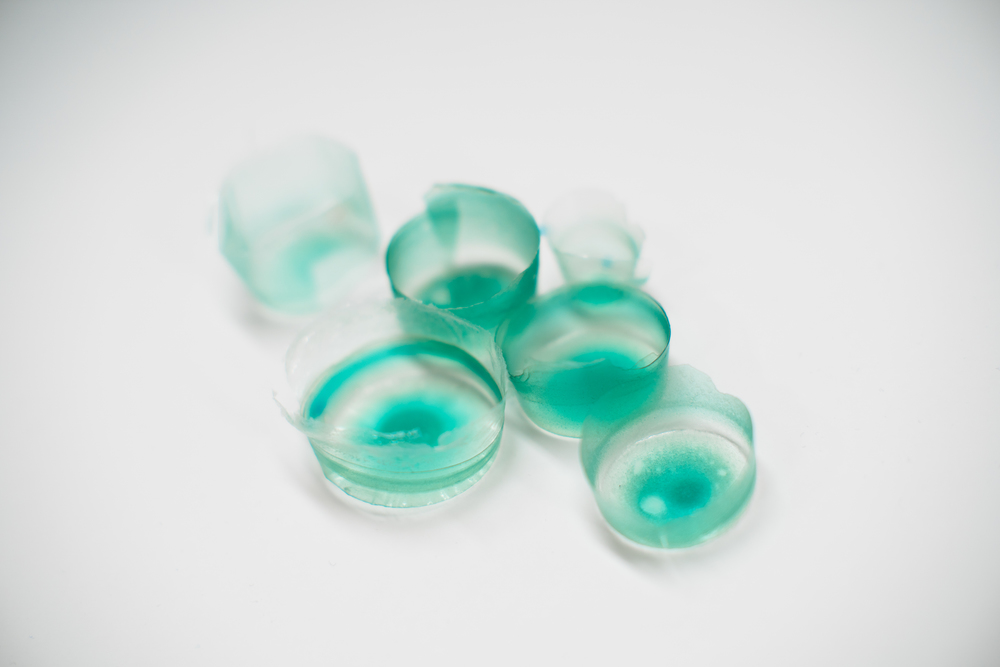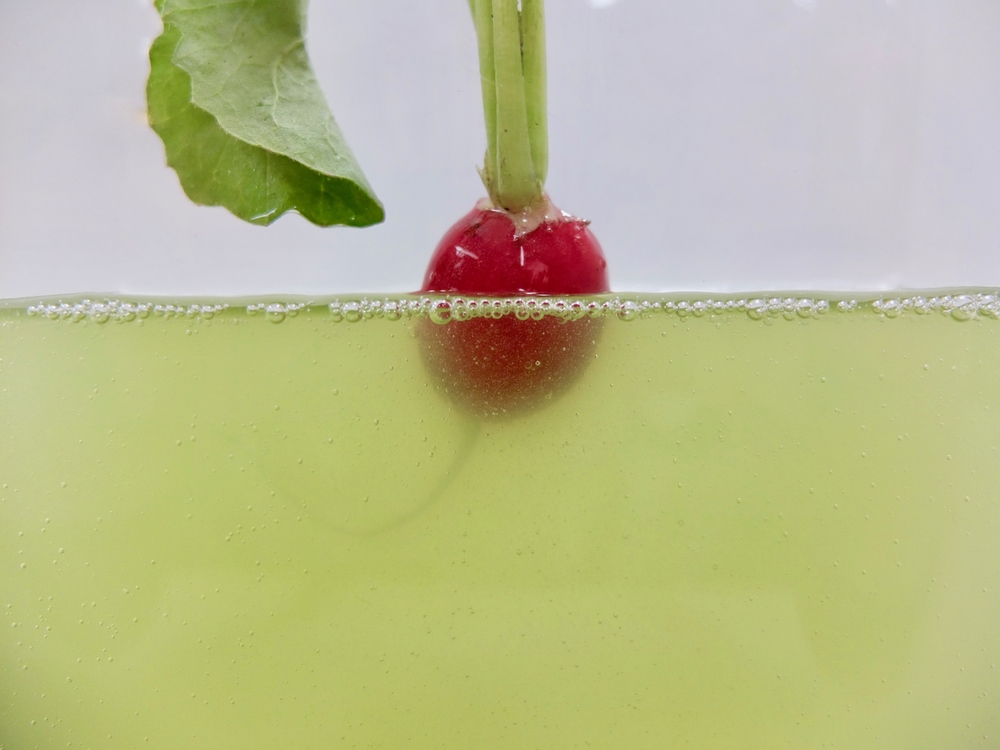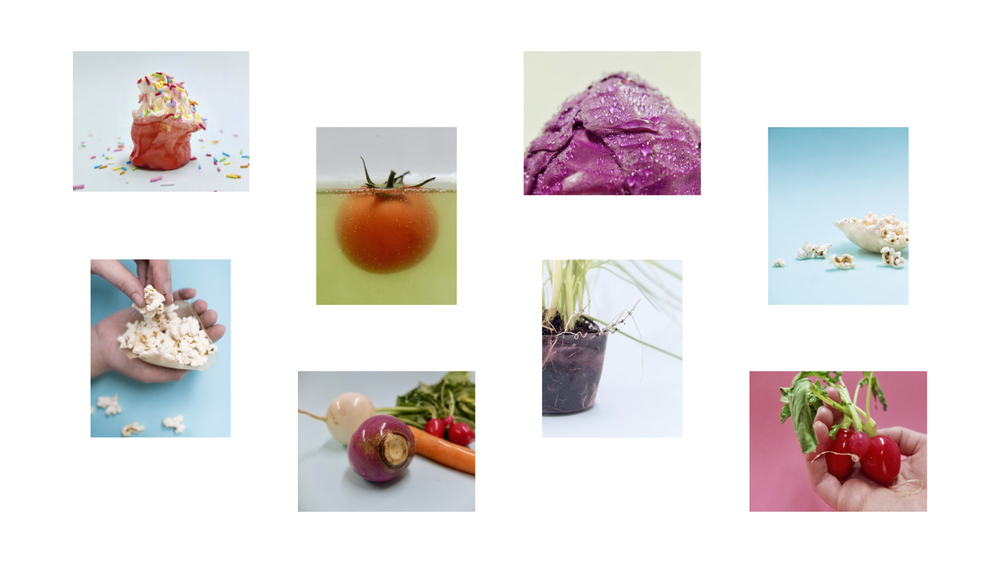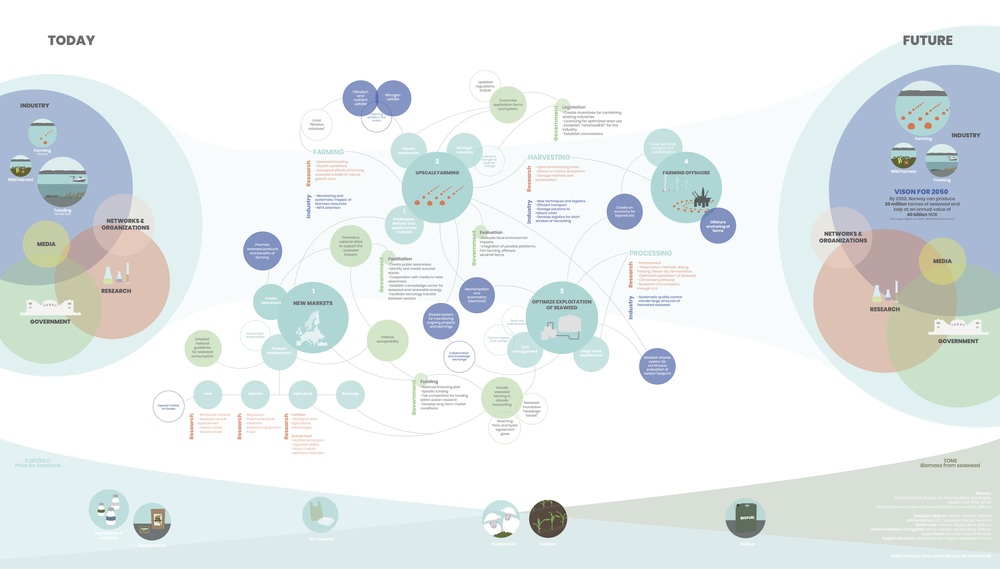Winner – 3rd Prize
DYPP
Exploring the future potential of seaweed as bioplastic through strategic use of design
Solution
DYPP explores the future potential of seaweed as bioplastic through strategic use of design. In order for Norway to reach its goal of producing 20 million tons of seaweed valued at 40 billion NOK for 2050, DYPP establishes a strategy through which the seaweed farming industry can grow without overexploitation and harmful interference within the marine ecosystem. The project envisions future concepts to inspire and challenge the emerging seaweed industry, from introducing a new biomaterial to challenging packaging as we see it today. In addition to laying out a roadmap for the next 30 years, DYPP highlights the importance of collaborations between relevant stakeholders and shared responsibilities for success.
Project Description
Through this master thesis we have worked on many different levels, continuously zooming in and out of different fields. Our starting point was seaweed, then we zoomed in and mapped out a potential strategy towards the future. We developed future scenarios to exemplify one of many potentials seaweed can have.
Overview of the Solution
In the cold waters along Norway’s rocky coast, we find what’s predicted to be one of the most important resources in the future. This project is an exploration of the great possibilities of seaweed.
Norway has set a vision for 2050; to produce 20 million tons of seaweed valued at 40 billion NOK. How do we get there? Our aim has been to contribute to this development and a national strategy on how Norway can reach the vision for 2050.
We are at the beginning of a potentially large industry; seaweed farming. When upscaling seaweed farming, it is crucial to consider how the industry can be developed in a sustainable way, avoiding overexploitation and harmful interference with the marine ecosystem. Through a systemic approach we have mapped the situation today and the important steps to upscale the industry. Our research have been based on scientific reports and conversations with experts and organisations within the industry, science and government. The roadmap is designed to be a tool for discussion and reflection. Illustrating how cross-sectorial collaborations and common goals is key to upscale the industry. One of the main findings is the need for a national strategy where we have identified four key goals; “new markets”, “upscale farming”, “optimize exploitation of seaweed” and “offshore farming”. By highlighting the importance of multiple focus areas, collaborations between relevant stakeholders and shared responsibilities, we hope to provide an applicable tool for discussion and reflection.
To make a large scale seaweed industry feasible, product development is key. We have developed future scenarios within one of the predicted usages of seaweed; biomaterials. Our focus area has been how seaweed can be used as packaging. Through our own material exploration with alginate, we learned about the strengths and weaknesses of the material. This made us able to envision future concepts, where the main objective is to inspire and challenge the emerging seaweed industry, especially companies currently developing materials for packaging. We envision the scenarios as possible steps going from introduction of a new biomaterial to potentially challenging packaging as we see it today. Our scenarios are based within the next ten years, as we believe this timeline is enough to envision radical changes, but still be relevant for the stages of development needed today.
Meet the Winners
Frida van der Drift Breivik and Frøya Thue
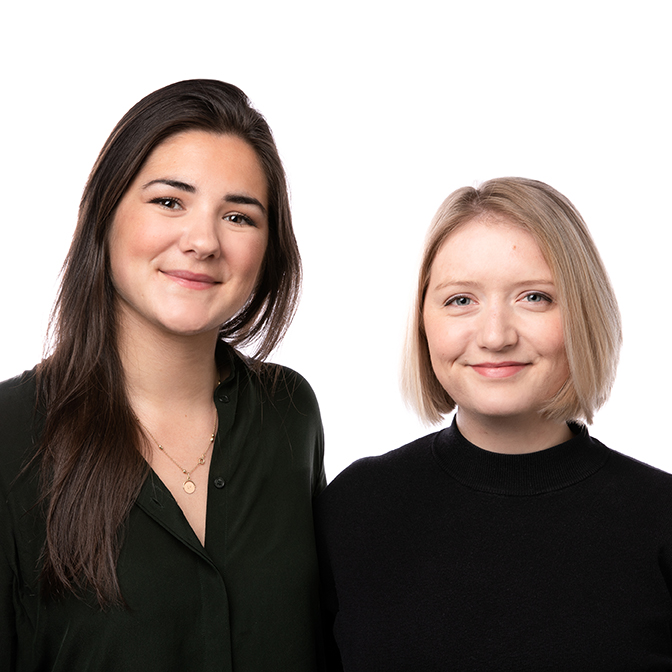
Thank you!
It is a great honor to receive the Cumulus Green 2020 award!
We want to give a big thanks to the jury, and to our school The Oslo school of Architecture and Design. We are so grateful to be handed this price as we know there were so many inspiring submissions.
The award’s focus on sustainability is especially important to us. We are both motivated by the opportunity to make a difference and use design to push for change. This is why receiving this award means a lot to us. This is especially exciting for us as we are currently working on how we can take the project further. Our project, DYPP explores the future potential of seaweed as bioplastic. Our main motivation has been to develop a sustainable solution to fossil based packaging. This grant gives us the possibility to continue our work and further research the opportunities of seaweed.
We want to give a special thanks to our supervisors Natalia Agudelo and Steinar Kill. We would also like to mention that this project would not be possible without insights from experts and scientists.
Thank you again, Cumulus Green!
PROJECT TEAM
Frida van der Drift Breivik and Frøya Thue
INSTITUTION
The Oslo School of Architecture and Design, Institute of Design, Norway
Category
Product/System
FACULTY/COURSE ADVISOR
Natalia Agudelo and Steinar Killi
